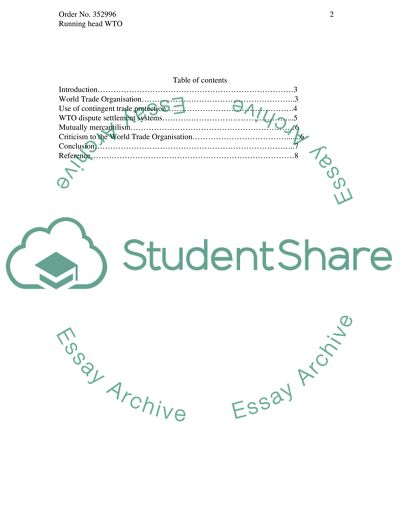Cite this document
(“World Trade Organisation Essay Example | Topics and Well Written Essays - 3000 words”, n.d.)
Retrieved from https://studentshare.org/politics/1516241-world-trade-organisation
Retrieved from https://studentshare.org/politics/1516241-world-trade-organisation
(World Trade Organisation Essay Example | Topics and Well Written Essays - 3000 Words)
https://studentshare.org/politics/1516241-world-trade-organisation.
https://studentshare.org/politics/1516241-world-trade-organisation.
“World Trade Organisation Essay Example | Topics and Well Written Essays - 3000 Words”, n.d. https://studentshare.org/politics/1516241-world-trade-organisation.


